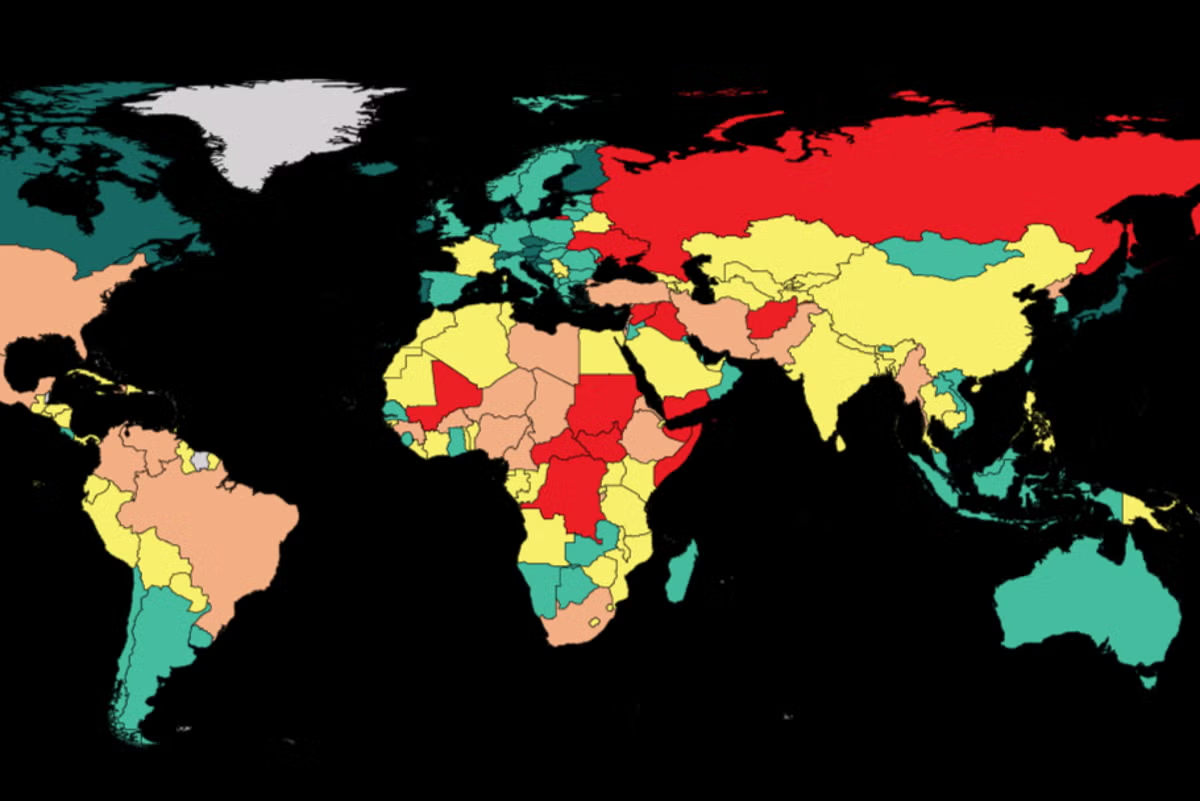vcdiversity.org – Diamonds, often referred to as the king of gemstones, are not only a symbol of luxury and eternal love but also one of nature’s most fascinating creations. These dazzling gems have captivated human imagination for centuries, and their allure continues to grow with each passing year. In this article, we will explore the natural wonder of diamonds, their formation, characteristics, and the enduring fascination they hold for people around the world.
The Formation of Diamonds: A Journey from the Earth’s Core
The story of diamonds begins deep within the Earth, approximately 150 kilometers below the surface, where temperatures soar to 2,200 degrees Fahrenheit and pressures are 70,000 times greater than atmospheric pressure at the surface. Under these extreme conditions, carbon atoms are subjected to intense heat and pressure, transforming them into the crystalline structure known as diamond.
Diamonds are then brought to the Earth’s surface through volcanic eruptions, a process that can take millions of years. These eruptions form pipes, which are the primary source of diamond mining today. The journey from the Earth’s core to the surface is perilous, and only a fraction of the diamonds formed survive the trip, making each diamond a rare and precious treasure.
The Characteristics of Diamonds: Beyond the 4Cs
The evaluation of diamonds is traditionally based on the 4Cs: Carat, Clarity, Color, and Cut. However, the allure of diamonds goes beyond these characteristics. Each diamond is unique, with its own internal inclusions and external blemishes, which give it a distinctive personality.
- Carat: The weight of a diamond, with one carat equaling 200 milligrams.
- Clarity: The absence of inclusions and blemishes, with flawless diamonds being the rarest.
- Color: The absence of color, with completely colorless diamonds being the most valuable.
- Cut: The way a diamond is cut to reflect light, with the ideal cut maximizing brilliance and fire.
Beyond the 4Cs, diamonds also exhibit other characteristics such as fluorescence, which can affect their appearance under ultraviolet light, and their optical phenomena, such as the rare and mesmerizing effect of a diamond with a “star.”
The Fascination with Diamonds: A Timeless Love Affair
Diamonds have been coveted for their beauty and rarity since ancient times. They have been used as symbols of power, status, and eternal love. The diamond engagement ring tradition, popularized in the 20th century, has cemented diamonds as the ultimate expression of love and commitment.
The allure of diamonds is not just in their physical beauty but also in the stories they tell. Each diamond is a testament to the Earth’s incredible power and the journey it has undertaken to reach the surface. This journey, combined with the skill and artistry of diamond cutters, makes each diamond a masterpiece of nature and human craftsmanship.
The Ethical Consideration of Diamonds
As with any precious resource, the mining and trade of diamonds have ethical considerations. The industry has made significant strides in ensuring that diamonds are sourced responsibly, with initiatives like the Kimberley Process aiming to prevent the trade of conflict diamonds. Additionally, the rise of lab-grown diamonds offers a sustainable alternative for those concerned about the environmental and ethical impact of mined diamonds.
Conclusion
Diamonds are more than just a luxury item; they are a window into the Earth’s history and a testament to the forces that shape our planet. Their journey from the depths of the Earth to the hands of those who cherish them is a story of resilience, beauty, and the enduring fascination of humanity with nature’s most dazzling creations. Whether mined from the Earth or grown in a lab, diamonds continue to captivate and inspire, reminding us of the wonders that lie beneath our feet and the beauty that can be found in the heart of the Earth.

